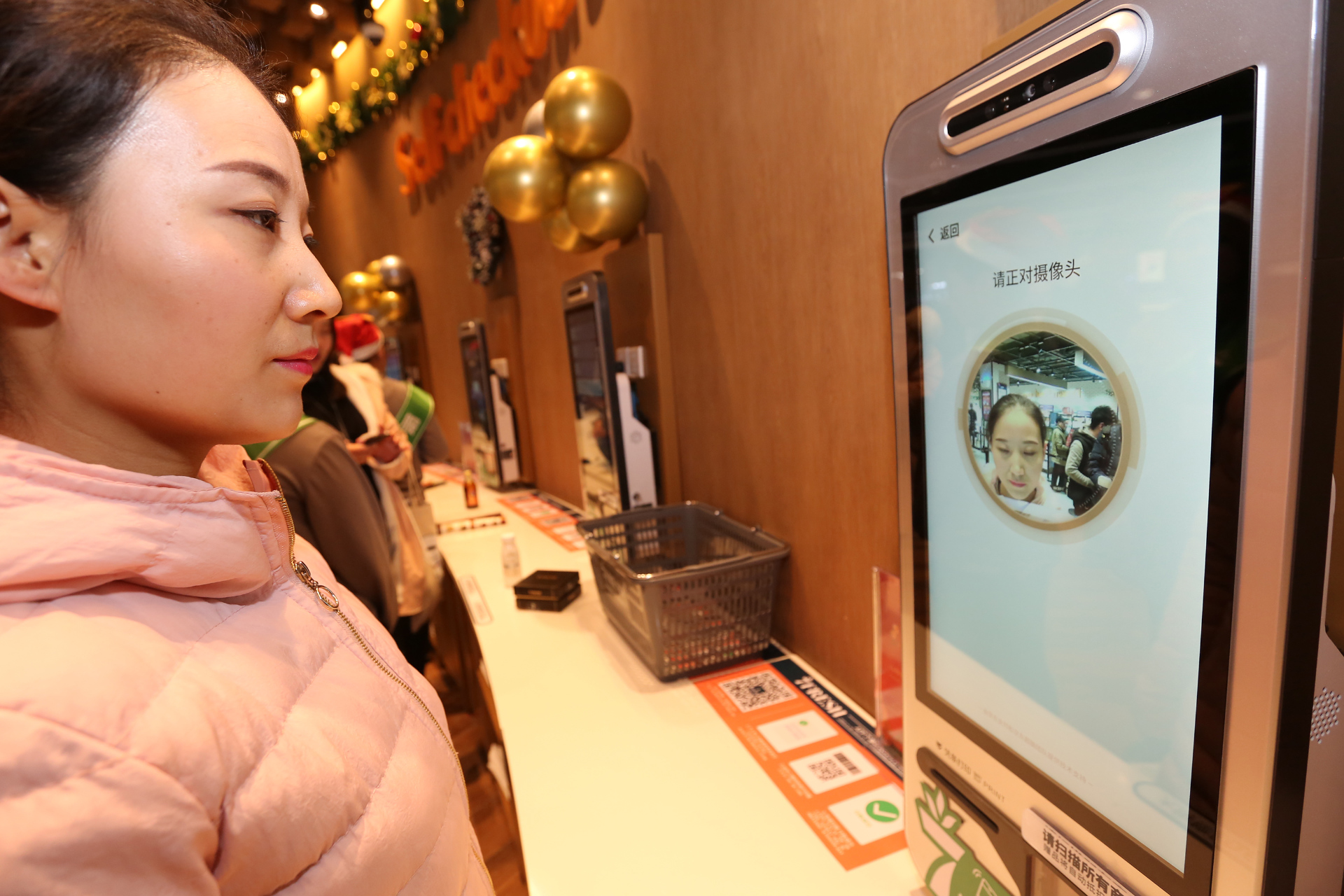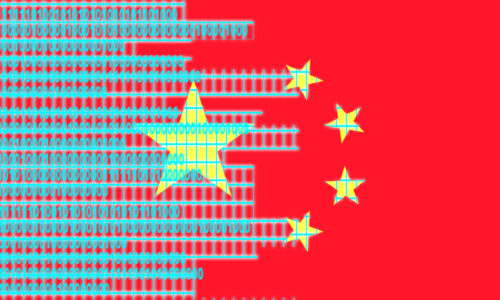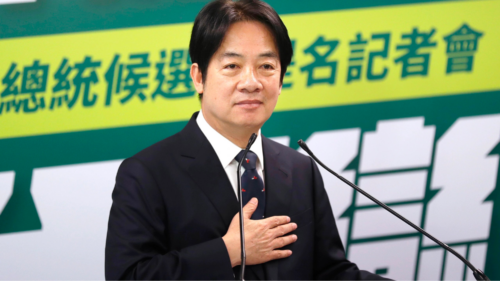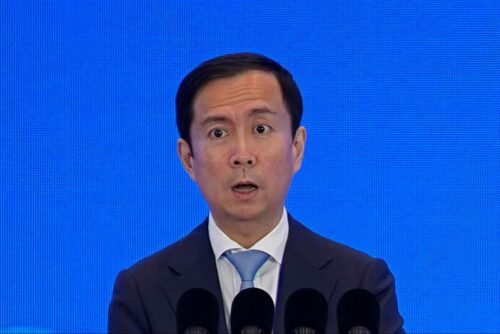Tech is coming for China’s convenience stores
Convenience stores in Japan and Taiwan have long offered their customers everything from beer and soft drinks to an amazing variety of freshly cooked food. The Japanese chains and their local knockoffs have grown rapidly in China in the last two decades, but now tech companies are aggressively moving into their turf.

Stop at any street corner in Shanghai and search on your phone for “convenience store” (便利店) on Baidu Maps, and you’ll find several options within a one-mile radius. There are the Japanese brands such as Lawson, Family Mart, and 7-Eleven, then there are many Chinese competitors, most notably Yijie (易捷) and uSmile (昆仑好客), which also happen to be gas station operators. Dozens of other Chinese convenience store chains can be found in different cities.
In the early 1990s, the country’s convenience stores were dominated by the aforementioned Japanese “Big Three,” which together make up 89% of Japan’s current convenience store market. But in the early 2000s, Chinese local competitors began sprouting up, mostly by copying the Japanese business model.
In the past 10 years, the number of stores operated by the Japanese brands and with their Chinese knockoffs grew by about 235%, reaching a peak around 2012, reports 36Kr (in Chinese). As of 2016, China had nearly 50,000 convenience stores and counting. But Japan’s hold over China’s fast retail culture may be over.
Convenience stores are now facing major competition from Chinese ecommerce players.
- In 2018, Alibaba announced plans to build 10,000 of its own convenience stores — called Tmall stores (天猫小店) — across the country in an effort to disrupt offline stores with technology. The same year, it also unveiled an unmanned store called the Tmall Future Store, which has similar functions to Amazon Go stores, where sensors can detect customer purchases, thus avoiding the checkout line.
- JD.com, another ecommerce giant, similarly announced plans in 2017 (in Chinese) to open 1 million convenience stores in the next five years (though it has opened merely 2,000 or so to date).
- Suning, a third retail giant, said it had opened 8,000 convenience stores (in Chinese) in collaboration with small merchants by the end of 2020.
Nationwide, China’s convenience store market is dominated by gas station networks; the rest of the market is fragmented.
- According to a 2020 report by the China Chain Store & Franchise Association (in Chinese), the two petrol players Yijie and uSmile make up 36% of the market.
- Small companies (with only a few stores) make up 33%.
- The Japanese “Big Three” account for 6% of the market, the third-largest share.
- But as ecommerce companies improve their logistics infrastructure and electrification policies replace gas stations with charging stations, internet companies may soon take over the convenience store space.
Convenience stores were first introduced in China’s coastal cities and were heavily influenced by Japanese styles.
- The first 7-Eleven opened in 1992 in Shenzhen, ushering in the beginning of convenience store culture in mainland China. Many Japanese and Taiwanese stores subsequently sprouted up in Shanghai.
- In Shanghai, there is now one convenience store for every 3,000 people, according to a 2020 report by KPMG (in Chinese).
But China’s local stores seem to do worse than Japanese ones.
- In a 2017 conference (in Chinese) on the state of China’s convenience stores, one discussion topic centered on why Japanese stores consistently posted higher profits than their Chinese counterparts.
- The answer seems to lie in high profit margin items such as fresh foods (in Chinese), which Japanese stores tend to sell significantly more relative to Chinese counterparts.
- In 2016, China’s convenience store industry grew by 13%, with the entire market valued at more than $2 billion.
Correction: An earlier version of this piece compared Alibaba’s Tmall stores to Amazon Go stores. The actual comparison is with Tmall Future Stores.






